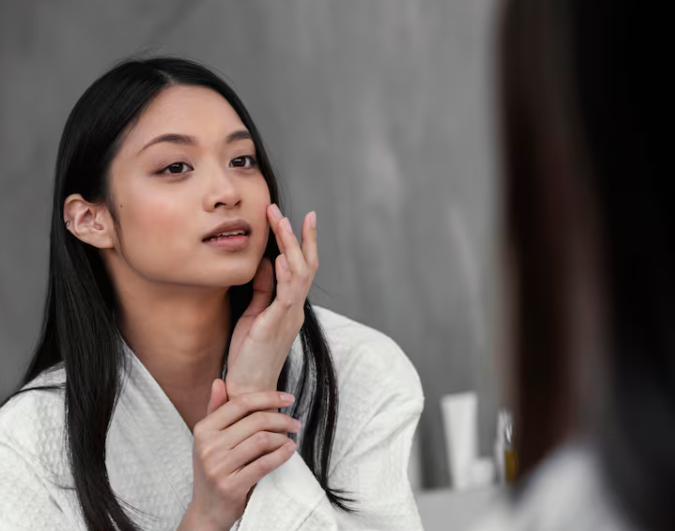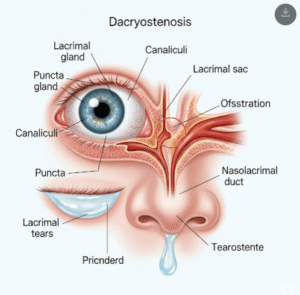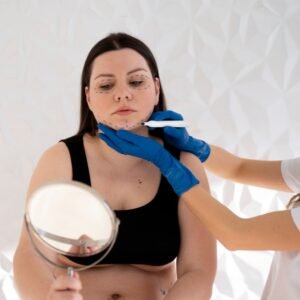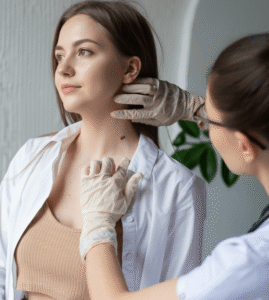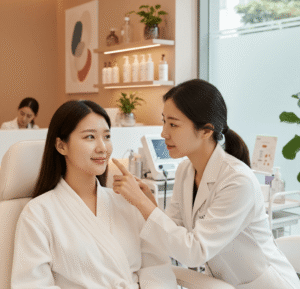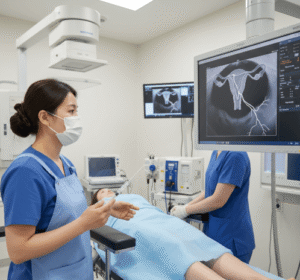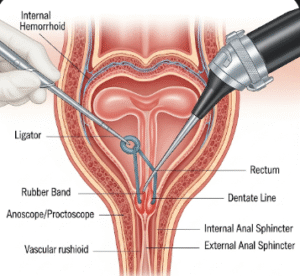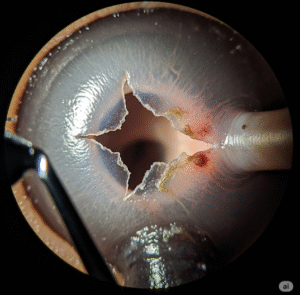What It Is
A forehead lift, also known as a brow lift, is a cosmetic surgical procedure designed to raise the eyebrows, smooth forehead wrinkles, and reduce frown lines between the brows. By repositioning the forehead tissues, this procedure creates a more youthful, alert, and refreshed appearance. In Korea, forehead lifts are commonly performed as standalone treatments or combined with eyelid surgery (blepharoplasty) or facelift procedures for complete facial rejuvenation.
Why It’s Done
Patients undergo a forehead lift for several reasons, including:
- Sagging or drooping eyebrows that cause a tired, sad, or angry appearance
- Deep horizontal forehead wrinkles and vertical frown lines
- Hooded upper eyelids due to low-set brows
- Cosmetic desire to achieve a more youthful, open, and refreshed look
- To restore facial balance after aging changes or previous surgeries
Alternatives
- Non-surgical options: Botox injections for temporary wrinkle reduction, dermal fillers for volume restoration, or thread lifts for mild brow lifting.
- Surgical alternatives: Upper eyelid surgery (blepharoplasty) if the main concern is eyelid hooding, or full facelift surgery if broader facial rejuvenation is needed.
Preparation
- Detailed consultation with a Korean plastic surgeon including photo analysis and digital simulation
- Medical history review and assessment of eyebrow position, skin elasticity, and facial proportions
- Stop smoking, alcohol, and blood-thinning medications before surgery
- Preoperative lab tests and clearance if undergoing general anesthesia
- Fasting required prior to surgery
How It’s Done
- The surgery may be performed under local anesthesia with sedation or general anesthesia
- Several techniques are available in Korea:
- Endoscopic brow lift: Minimally invasive with small hidden incisions behind the hairline and use of an endoscope (tiny camera)
- Coronal brow lift: Larger incision along the hairline, used for significant lifting
- Temporal (lateral) brow lift: Focuses on lifting only the outer portion of the brows
- The surgeon repositions and tightens the forehead muscles and tissues, then secures them in place
- Excess skin may be removed to achieve a smooth, youthful contour
- The procedure usually takes 1–2 hours, with most patients discharged the same day
Recovery
- Swelling and bruising typically last 1–2 weeks
- Stitches or staples are removed within 7–10 days
- Patients can resume light activities after one week and return to work within 10–14 days
- Full results appear in 1–2 months once swelling subsides
- Long-lasting rejuvenation is expected, though natural aging continues
Possible Complications
- Scarring (usually hidden in the hairline)
- Temporary or permanent numbness in the scalp
- Hair thinning around incision sites
- Asymmetry of eyebrows or forehead
- Rare complications such as infection, hematoma, or nerve injury
Treatment Options in Korea
Diagnosis
Korean surgeons evaluate eyebrow position, forehead wrinkles, and skin laxity using clinical examination, photography, and digital imaging. The goal is to design a personalized surgical plan that balances natural results with youthful rejuvenation.
Medical Treatments
Non-surgical treatments commonly offered include Botox for forehead wrinkles, dermal fillers for temple and brow volume, and skin-tightening devices like Ultherapy or Thermage for mild lifting without surgery.
Surgical or Advanced Therapies
Korea is renowned for its endoscopic brow lift techniques, which minimize scarring, reduce recovery time, and provide precise repositioning. Surgeons may combine brow lifts with eyelid surgery or fat grafting for comprehensive rejuvenation. Advanced tools such as high-definition endoscopes and absorbable fixation devices are widely used.
Rehabilitation and Support
After surgery, patients receive swelling management treatments, scar care therapies, and detailed aftercare instructions. Korean clinics also provide international patient coordinators, translation support, and customized recovery programs to ensure comfort and optimal outcomes.
Advantages of receiving treatment in Korea: Expertise in minimally invasive endoscopic techniques, natural-looking results, affordable costs compared to Western countries, advanced technology, and excellent international patient support systems.

